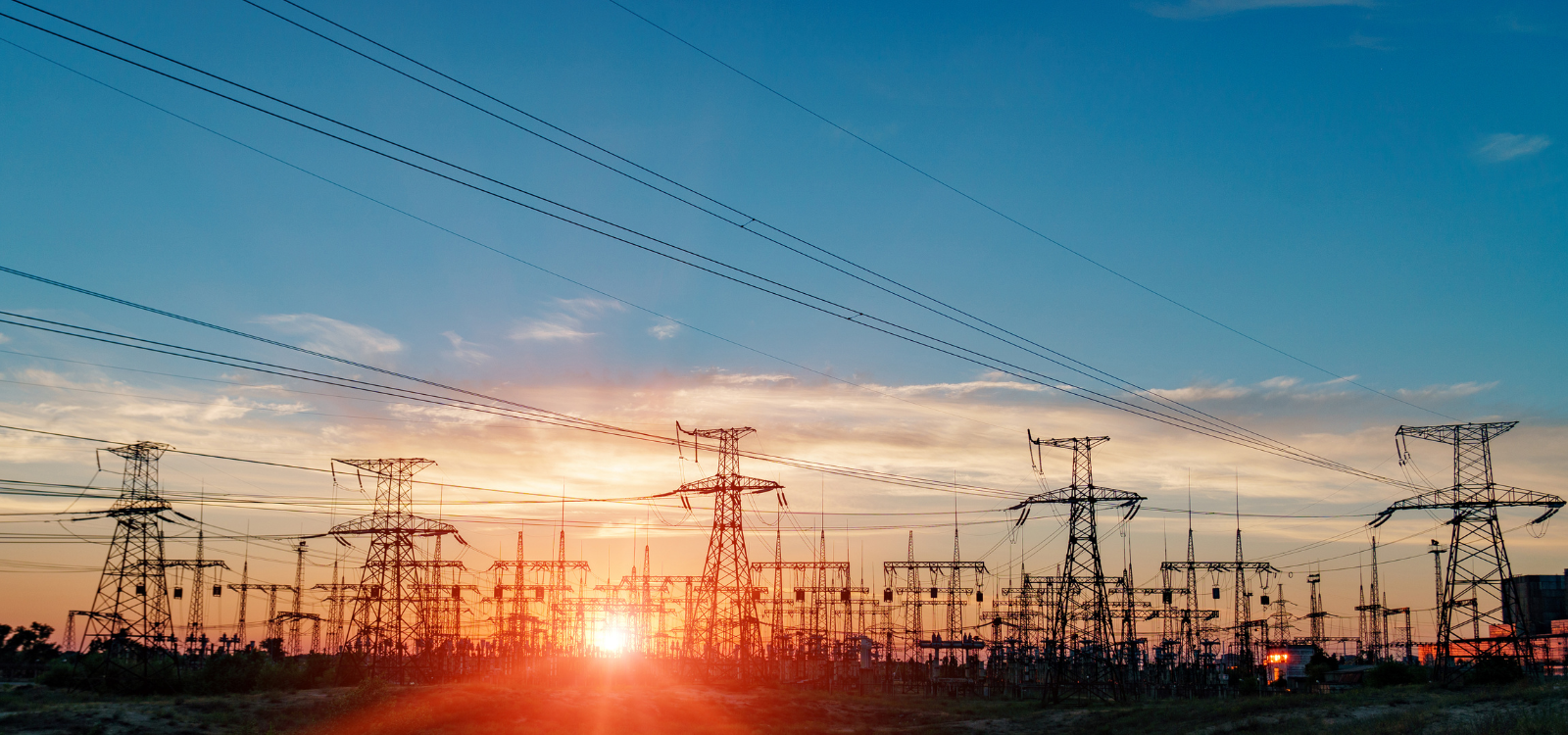
When Your Electric Bill Becomes a Cost-of-Living Crisis - U.S. electricity prices are climbing faster than wages, driven by data centers, EV demand, aging infrastructure, and gas volatility. The result: record household debt and mounting pressure on families.
What if electricity costs became the biggest pressure point in America’s cost-of-living crisis?
Some say it’s already here.
Over the past year, U.S. electricity prices rose 5.5%, more than twice inflation. In states like Maine and New Jersey, bills jumped over 25%. According to estimates from the National Energy Assistance Directors Association, about one in six U.S. households were behind on energy bills as of March, with $24 billion in utility debt.
What’s driving costs higher?
All of this adds up to the opposite of what people were promised. In 2024, President Trump said he would cut electricity prices in half within 18 months. Instead, the U.S. Energy Information Administration expects retail electricity prices to increase another 4% this year and 6% next year.
This isn’t just about bills going up faster than wages. Families are falling behind. Others cut usage because they can’t afford it. Utilities are racing to replace aging equipment while demand surges. Regulators are working to make sure the grid stays reliable without making costs impossible for people to afford. And if this knot feels impossible to untie, it’s because it is.
What keeps us up at night is not just the price hikes. It’s the bigger questions: Who should pay for all this? How do we build the generation where it’s needed and upgrade transmission without sticking households with the bill? And why are private data centers getting subsidies while regular families struggle to pay for basics like heat and light?
Are we ready for this? If not, rising power bills could become one of the biggest cost-of-living problems in the years ahead.